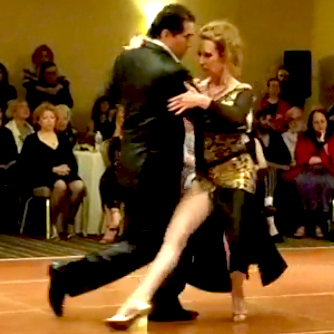INTERMEDIATE TANGO CLASSES
SUNDAYS 2:30 - 4pm
REGISTER HERE!
(SINGLE CLASS REGISTRATION - HERE)
Consider participating in SHORT SEQUENCES & PRACTICA!
Deconstructing giros is the essence of Intermediate courses. Once the couple can turn, they really start dancing. Therefore… mastering the giro is the key to making your tango fluent. Once you know the giro, you can take your tango shoes wherever you go. You are ready to dance the tango around the world.
PLEASE NOTE: The Intermediate level consists of 3 series that keep rotating. You can take the series in any order. It is important though that you take them all.








